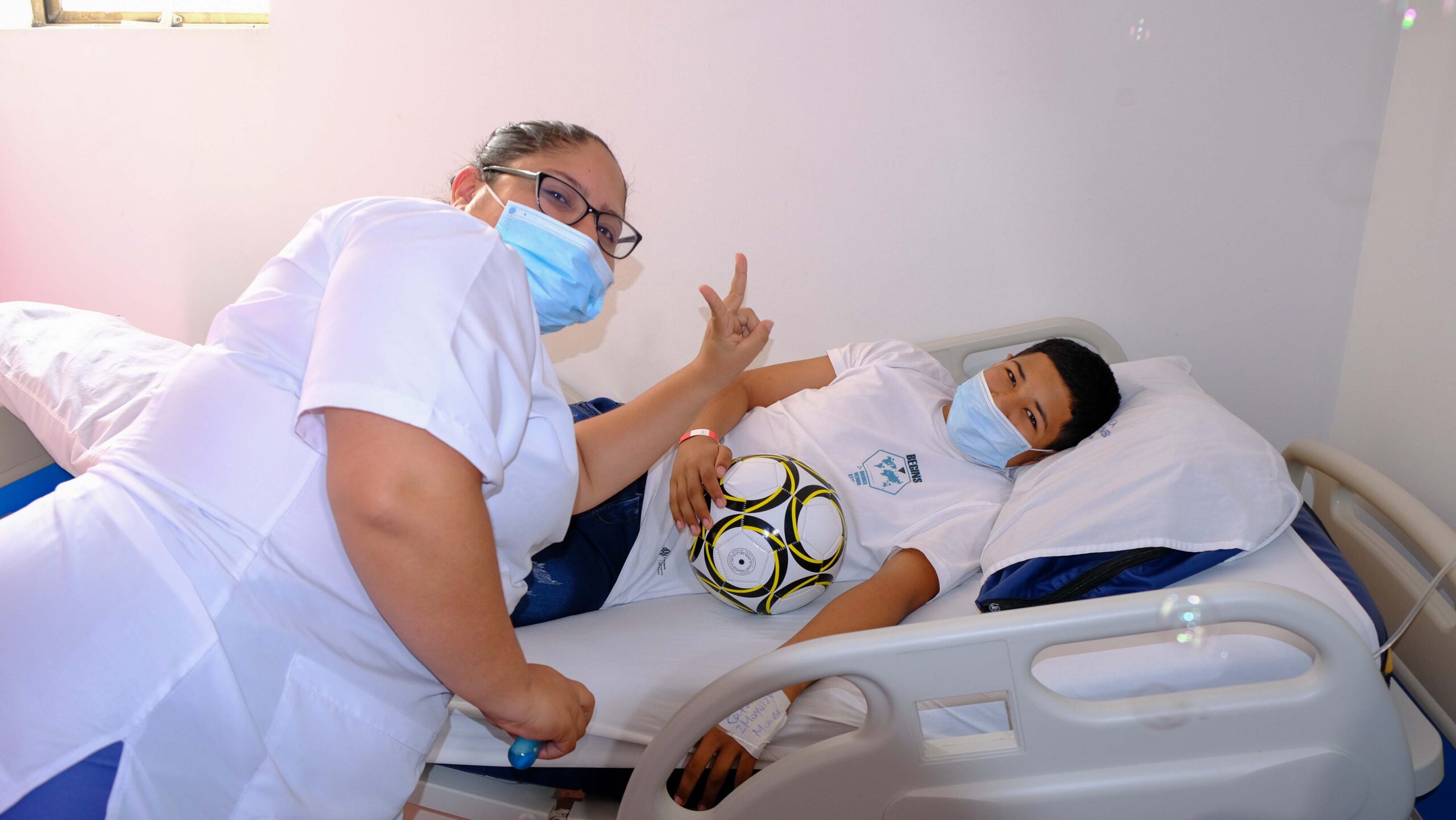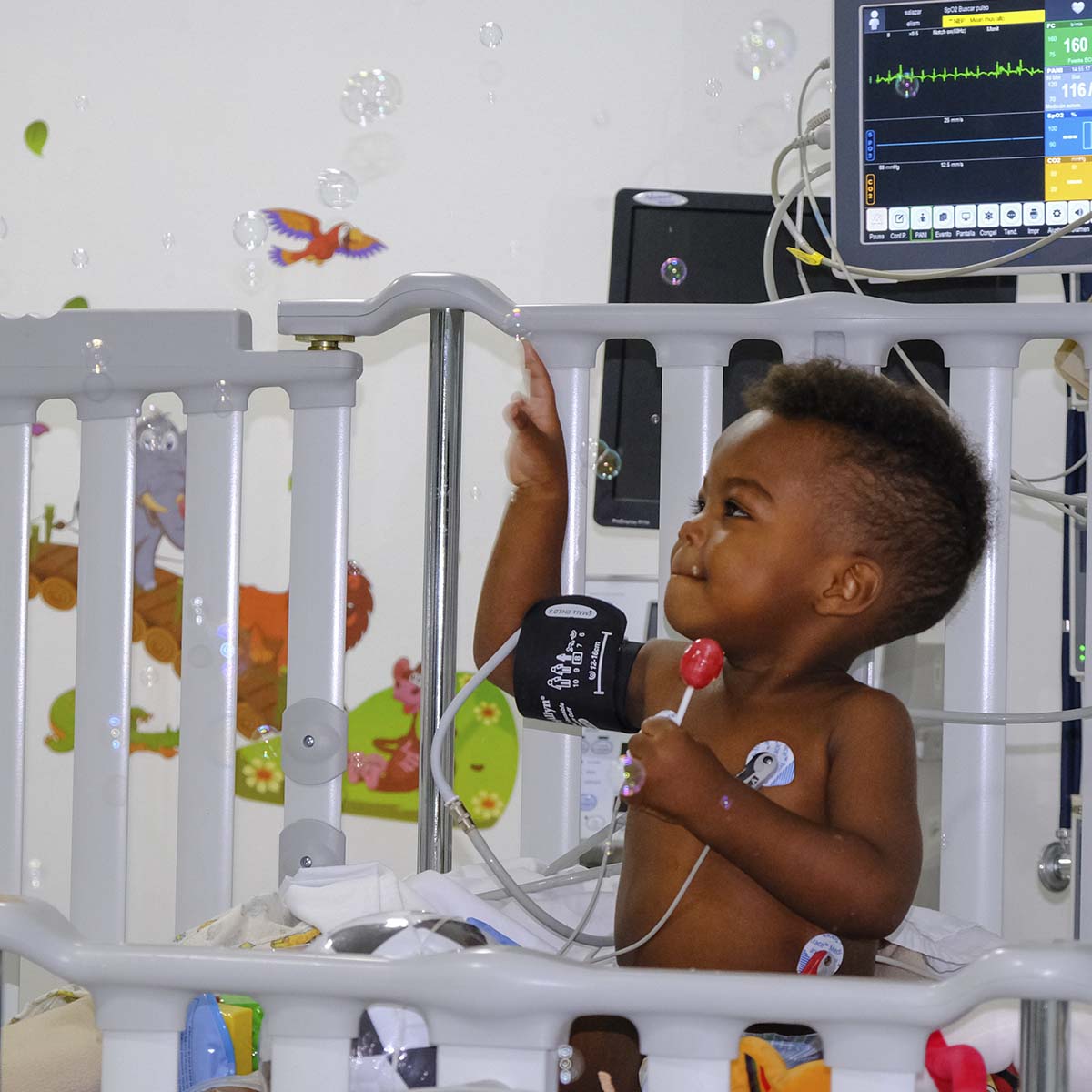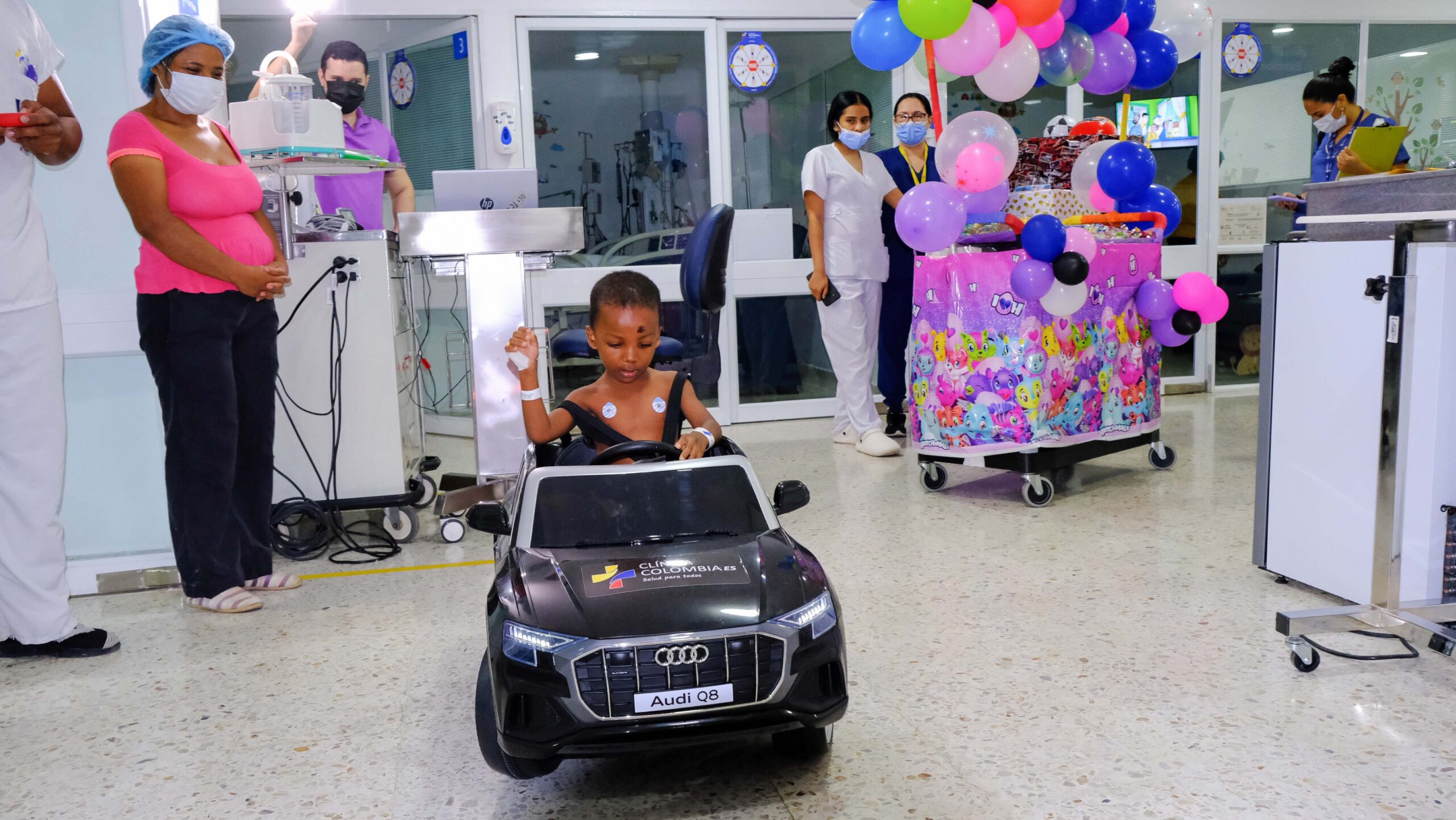PATIENT SAFETY
Committed to the
Committed to Patient Safety
At Clínica Colombia ES, our mission is to ensure patient safety at every stage of the medical care process. We believe that patient safety is fundamental and is built on a framework of structural elements, processes, tools, and methodologies supported by scientific evidence. Our approach focuses on minimizing the risk of adverse events and continuously improving the quality of care.
We are committed to promoting safe practices in healthcare, which includes identifying, reporting, and investigating incidents. We implement corrective measures to improve our system and reduce the risk of recurrence, ensuring that every patient receives care in a safe and trustworthy environment.


Safe Care for
Our Little Patients
At Clínica Colombia SE, we understand that medical care for infants requires a special and careful approach. Our mission is to ensure the safety of the youngest patients at every stage of their medical care. We have implemented a set of practices and protocols specifically designed to minimize risks and ensure that each child receives the best possible care.
We promote safe practices that include identifying and reporting incidents, as well as investigating any situation that may compromise patient safety. By implementing corrective measures, we strive to continually improve our care system and reduce the risk of adverse events, ensuring that each child receives the care they deserve in a safe and trustworthy environment.




Our Services
Patient Identification Safety
Improving the Safety of High-Risk Medications
The safe administration of medications is crucial in our institution, which is why we have standardized checklists for the receipt, preservation, and storage of medications. A labeling procedure has been implemented to identify high-risk medications, with the aim of ensuring their recognition and preventing issues associated with their use.
Fall Prevention and Risk Reduction for the Patient
To reduce the risk of patient harm from falls, we identify those at risk and perform re-evaluations as necessary. A blue sticker is placed on patients at risk of falling, and preventive measures are implemented. Additionally, education is provided to both the patient and their companion to promote safety.
Safe Patient Identification in the Hospital
The correct identification of the patient aims to improve accuracy in patient identification, helping to detect risks and avoid errors in care during the hospital stay. All patients must wear an identification wristband that includes their name, ID number, age, gender, health insurance provider (EPS), and the date and time of admission. Electronic wristbands are also used, providing additional information to ensure safe practices.
Guaranteeing Safe and Correct Surgery
To ensure that surgeries are performed in the correct location, with the appropriate procedure and patient, our institution has integrated the surgical areas with hospitalization, emergency services, diagnostic imaging, and outpatient care through a surgical request form. Additionally, we have an alert system that categorizes patients based on their health status. The importance of informed consent is emphasized, focusing on the three key moments for safe surgery.
Effective Communication in Healthcare
Effective communication in healthcare involves conveying clear and appropriate information, improving the quality and safety of care. Its goal is to strengthen the relationship between the healthcare team, patients, and families, promote a positive work environment, and reduce errors in medical care.
Reducing the Risk of Infections in Healthcare
To reduce the risk of healthcare-associated infections, our institution implements a hand hygiene program and conducts two annual campaigns to promote this practice. Infections related to invasive devices are prevented through adherence to specific guidelines and protocols. Additionally, biosafety measures are followed in the clinical management of patients, in accordance with the clinic’s occupational health program.
Prevention of Pressure Ulcers in Patients
To prevent the development of pressure areas, we identify the risk factors for pressure ulcers and place a green sticker on patients at risk. Preventive measures are applied, such as patient mobilization, skin hydration, and active monitoring to protect their integrity.